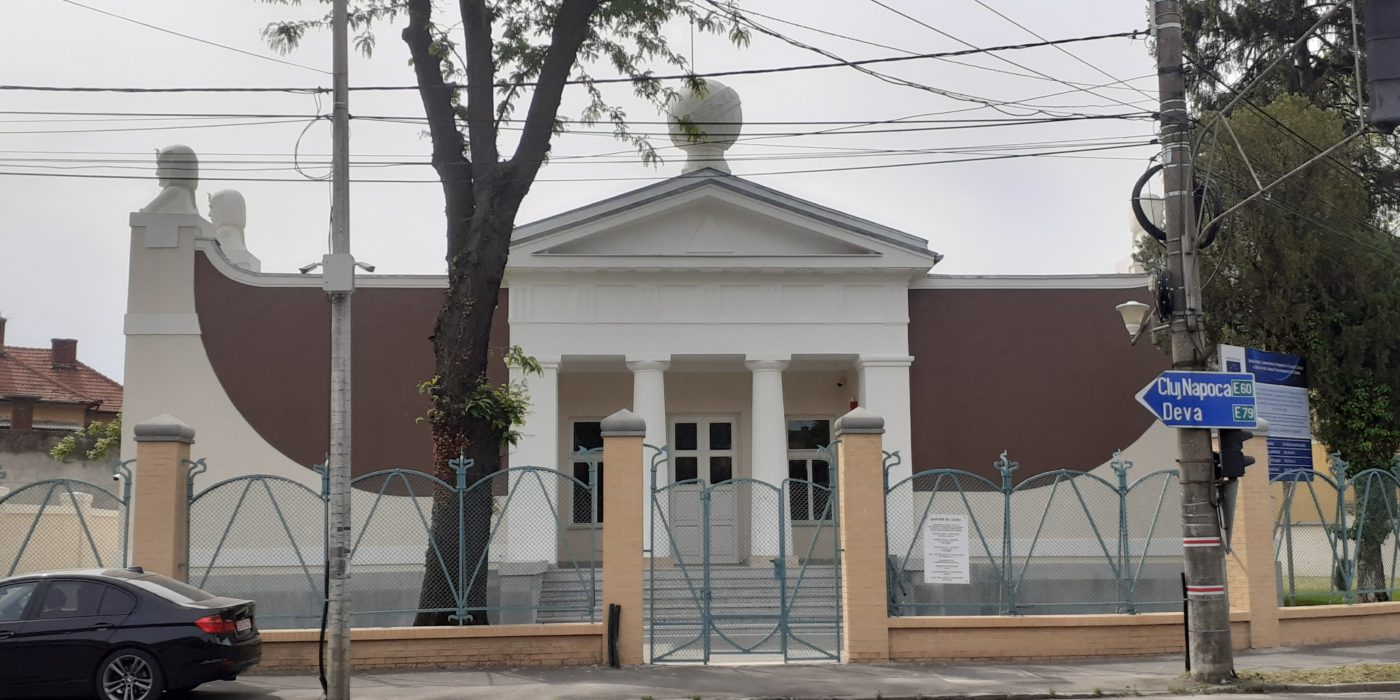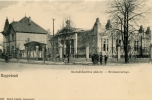Museum Converted from a Lodge House
Freemasons’ s House, Oradea (RO)
Architect: Ildikó Mitru
Text: Noémi Lujza Fried
As a result of a project of several years, the building housing the former King Ladislav Freemasons’ Lodge was renewed to contain a museum of freemasonry. The new centre of the King Ladislav Freemasons’ Lodge was completed in 1902 after designs by architects Lajos Jámbor and Zoltán Bálint.
A unique feature of the building was that the main facade has no windows. To counteract this, and also to emphasize the main axis a portico was built which slightly projects from the central part. On both sides, a Greek pillar supports the architrave besides the two Doric columns placed in the middle. The portico is crowned with a pediment with the triangular eye of God in the gable. The corners of the building were originally graced by sphynx sculptures. After the reconstruction of several years, also the sphynx figures found their place, and the building will house a museum. Next to the entrance there is a reception space, on the right the so-called temple hall which is furnished in the fashion of the freemasonry temples using pieces of furniture donated by the great lodge. To the left there is the so-called hall of the lost steps, from which one can enter the temple hall, and there is also the room of initiation and the office of the master of the lodge, with their own entrances respectively.



